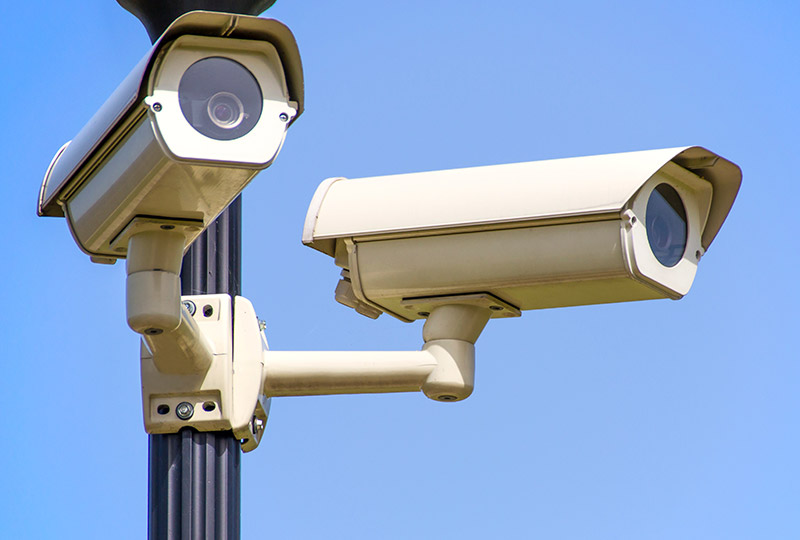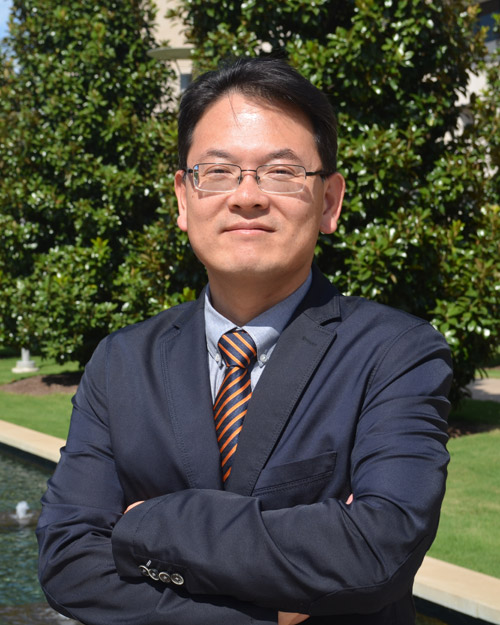Like in real estate, the most important factors in preventing crime with video cameras are location, location, location, new UT Dallas research has found.

The Korean Institute of Criminology requested the study to help it place cameras where they can be most effective.
The study, published in the June edition of the International Journal of Law, Crime and Justice, was designed to help the South Korean government determine the most effective sites for video surveillance cameras to prevent crime.
Dr. Dohyeong Kim, associate professor of public policy and political economy and geospatial information sciences (GIS) in the School of Economic, Political and Policy Sciences, and his co-authors received funding from the Korean Institute of Criminology, a national crime and criminal justice research institute, to support the research.
The study focused on Dongjak-gu in Seoul, a popular area known for its fresh seafood. The district has nearly two and a half times the population density of New York City, with a lot of pedestrian traffic. The Korean government relies heavily on outdoor video cameras to monitor crime.
The Korean Institute of Criminology requested the study to help it place cameras where they can be most effective.
“There is a lot of demand from the public for the cameras,” Kim said. “However, the government has limited experience in prioritizing those requests systematically or scientifically.”
The researchers analyzed a variety of factors that can affect property crime and assaults, including socioeconomics, education and the number of nearby bars, liquor stores and restaurants that serve alcohol. They found that the outdoor cameras helped curb property crime throughout the district.

Dr. Dohyeong Kim
However, the cameras’ success at reducing assaults depended on their location — they did not work well in areas with multiple bars, liquor stores and restaurants that serve alcohol. That is because people who commit assaults under the influence of alcohol are more impulsive and less likely to be deterred by a camera, Kim said.
“We found that CCTV (closed-circuit television) works only conditionally and depends on the situation,” Kim said.
The authors recommend more cameras in areas that do not have concentrations of alcohol sales and suggested enacting stricter regulations to reduce assaults in areas with multiple establishments that sell alcohol.
Kim co-authored the study with Youngseol Jang, a former doctoral student now working at the Stanislaus County Sheriff Department in Modesto, California; Dr. Junhwi Park of the Korean Institute of Criminology; and Dr. Dowoo Kim of Kyungnam University in South Korea.
Dohyeong Kim, who grew up in Korea, became involved in various research projects while teaching GIS courses during the summer in that country. The CCTV study is one of a series that he is involved with for the South Korean government through the UT Dallas Center for Geospatial Research in Global Health Policy. Kim serves as director of the center, which also is working on a study to identify areas in South Korea with elevated risks of allergic diseases using GIS tools.